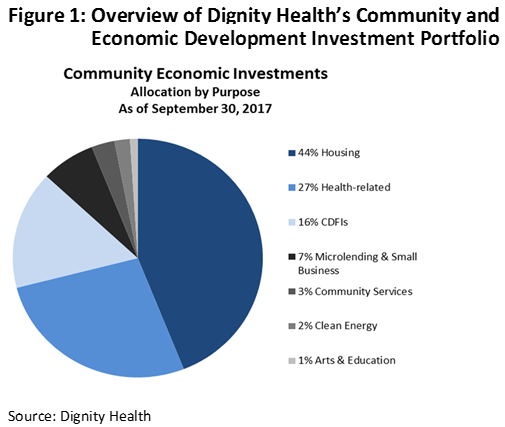The Federal Reserve Bank of Atlanta partnered with the Build Healthy Places Network and Georgia State University's Georgia Healthy Policy Center to cohost a reception, Advancing Health and Community Development Partnerships. The event was held during the national American Public Health Association Conference, which took place in Atlanta. Participants represented a variety of sectors, including health care, public health, community development, housing, government, and research.
The two sectors of community development and health have long worked in the same neighborhoods, but they have not always worked together. That is starting to change, due in part to a growing recognition among health experts of the social, economic, and environmental factors that drive health outcomes. These social determinants of health (SDOH) have become the basis for new collaborations between community development and health professionals.
The reception kicked off with a video welcome from Atlanta Fed President and CEO Raphael Bostic. He reminded the audience that "where you are born affects not only your health, but research shows it also impacts your ability to move up the economic ladder." President Bostic also underscored the link between health and economic growth, noting "health is an essential building block to a strong economy. You cannot have a productive workforce if you do not have a healthy workforce."
The centerpiece of the reception was a panel of distinguished speakers who represent public health, housing, community development finance, and health care. Elizabeth Skillen, a senior adviser at the Centers for Disease Control and Prevention (CDC), began the discussion. She highlighted tools the CDC developed to support local efforts to integrate health and community development such as the Health Impact in 5 Years initiative (HI-5). HI-5 examines nonclinical, community-wide interventions that have evidence of both a positive health impact in five years and of generating cost savings or cost effectiveness. Skillen was followed by Tina Lowe, who recently stepped down as president of Mercy Housing Southeast. Lowe showcased an affordable housing development that Mercy Housing produced in partnership with St. Joseph's Health System. The two organizations worked together to colocate a senior housing facility with a community health center. While touting this success, Lowe also cautioned community developers from assuming that health care has deep pockets that can easily fund community development deals. Instead, community developers need to exercise patience in trying to understand the health care sector in order to build successful transactions, said Lowe.
The last two speakers focused on how finance can help foster health and community development collaborations. Meaghan Shannon-Vlkovic, vice president of Enterprise Community Partners, began by discussing how her community development financial institution (CDFI) has combined public and private capital to create a fund devoted to financing projects that address the SDOH. She also introduced participants to a new data tool Enterprise developed, Opportunity 360, which allows for robust analysis of data on economic and physical well-being at both a neighborhood and regional level. She was followed by analyst Leslie Watson of Dignity Health, one of the nation's largest health systems. Watson described how her hospital system invests $120 million annually in projects in their service area that help to address the social, economic, and environmental factors that research shows ultimately drive health outcomes (see figure 1). Dignity has invested in housing, CDFIs, and small businesses across the states of Arizona, Utah, Nevada, and California.

Donald Schwarz, senior vice president at the Robert Wood Johnson Foundation, closed the event by challenging all attendees to recognize how linked their respective work was. He noted that while two-thirds of elderly Americans suffer from at least two chronic conditions, only one-third of elderly people in the United Kingdom do. The impact of such poor health at the population level in the United States is felt by almost every sector, which is why the Robert Wood Johnson Foundation has been investing in "building a culture of health" for more than a decade. This framework recognizes that collaboration across sectors is the key to improving health, well-being, and equity. He encouraged participants to connect with someone they had never met, learn why he or she came, and be inspired to try something new.
Further information on health and community development partnerships can be found on the websites of the Build Healthy Places Network, Georgia Health Policy Center, and Atlanta Fed's Community and Economic Development group. The Build Healthy Places Network catalyzes and supports collaboration across the health and community development sectors to improve low-income communities and the lives of people living in them. The Georgia Health Policy Center's mission is to integrate research, policy, and programs to advance health and well-being. It offers evidence-based research, policy analysis, and translational services aimed at communities and decision makers.


